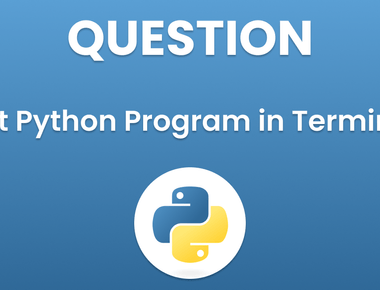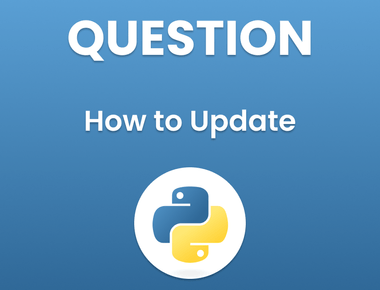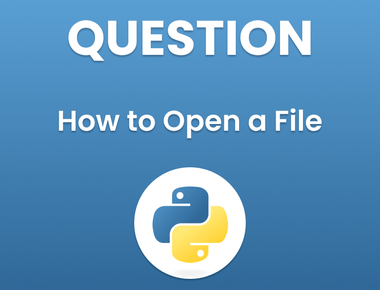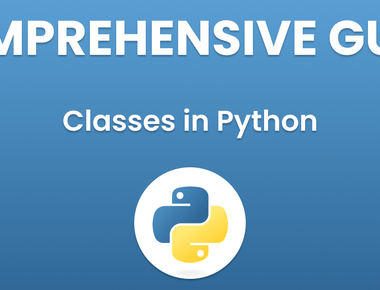Table Of Contents

At some point in your coding journey, it becomes inevitable that you will need to read data from a file using Python. Regardless of whether you are handling a small text file or a large data set, delving into file reading in Python is a cardinal skill that every programmer must master. In this article, we will guide you through the sundry ways of how to read a file in python, comprising of reading a text file line by line, reading a CSV file, and reading a JSON file.
Reading a Text File Line by Line
The most elementary approach to reading a text file using Python is to read it line by line. This approach is useful when handling a small text file that can be effortlessly fitted into memory. To read a file line by line, you can use the open() method to open the file and the readline() method to read every line:
with open('filename.txt', 'r') as file:line = file.readline()while line:# do something with the lineline = file.readline()
The with statement ensures that the file is adequately closed once you have concluded with it, even if there is an exception raised. Within the while loop, we read every line of the file using the readline() method and take some action with it. You can swap the commentary with your own code to process the line.
Reading a CSV File
If you are handling tabular data, like data in a spreadsheet, you can use the csv module to read CSV files using Python. The csv module provides a reader object that you can leverage to read a CSV file line by line:
import csvwith open('filename.csv', 'r') as file:reader = csv.reader(file)for row in reader:# do something with the row
Within the with statement, we open the CSV file and initiate a reader object using the csv.reader() method. Then, we iterate over every row in the file utilizing a for loop and undertake some action with the row. You can replace the comment with your own code to process the row.
Reading a JSON File
JSON (JavaScript Object Notation) is a lightweight data-interchange format that is user-friendly for humans to read and write, and straightforward for machines to parse and produce. If you are handling JSON data, you can use the json module to read JSON files using Python. The json module provides a load() method that you can use to load a JSON file into a Python object:
import jsonwith open('filename.json', 'r') as file:data = json.load(file)# do something with the data
Within the with statement, we open the JSON file and use the json.load() method to load the file into a Python object. Then, we can undertake some action with the data, such as printing it or manipulating it. You can replace the comment with your own code to process the data.
Conclusion
In this article, we have tackled the fundamentals of file reading using Python. We have elucidated how to read a file in python line by line, read a CSV file, and read a JSON file. By mastering these techniques, you can handle a wide range of file formats and data types using Python.
If you want to acquire further knowledge about Python programming, be certain to explore our website for additional informative articles and tips.
Subscribe to our newsletter!
Quick Links
Legal Stuff
Social Media







